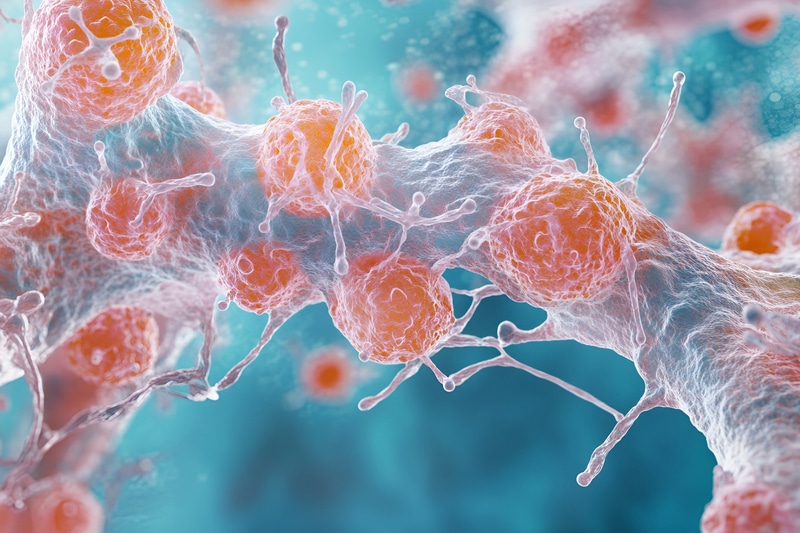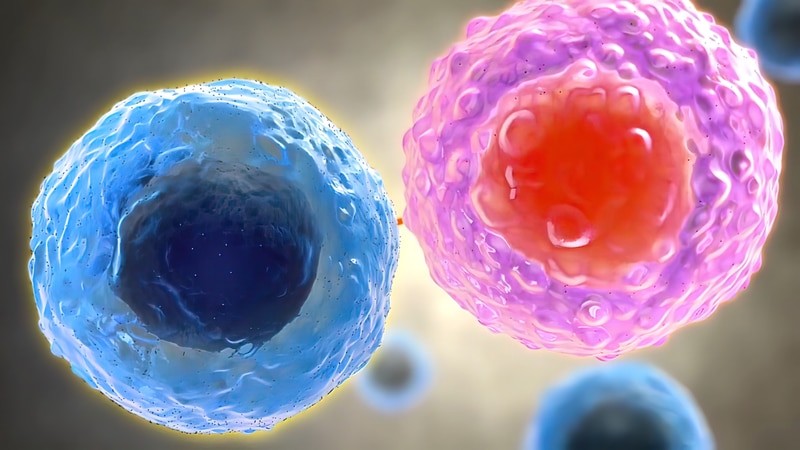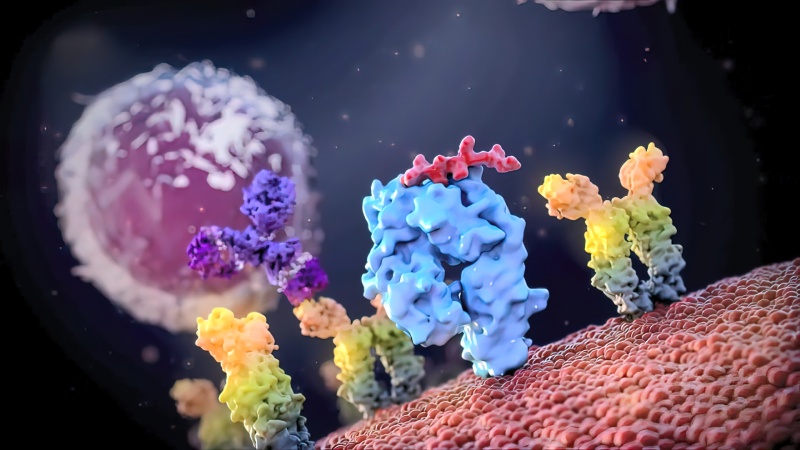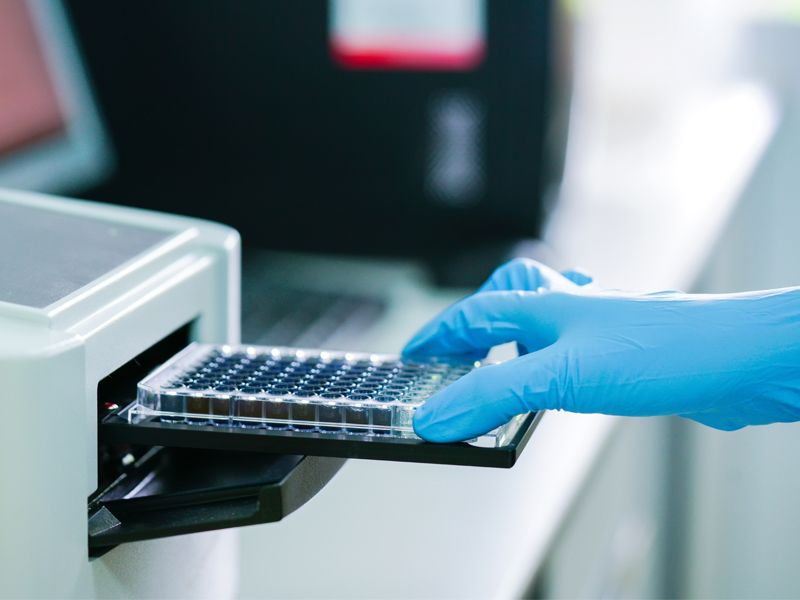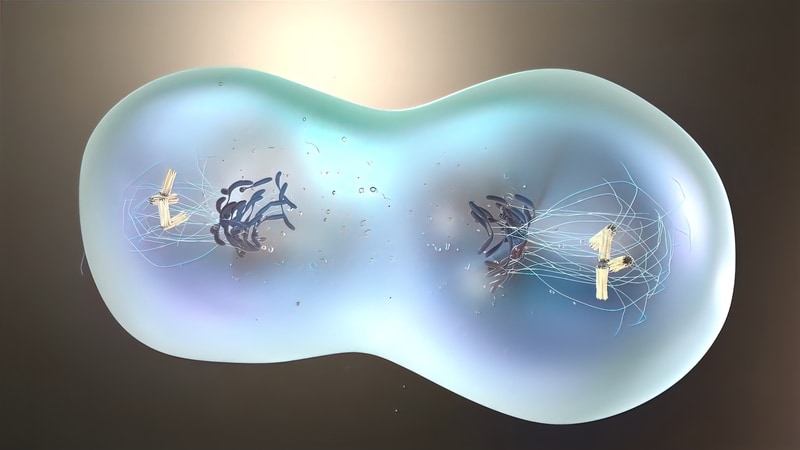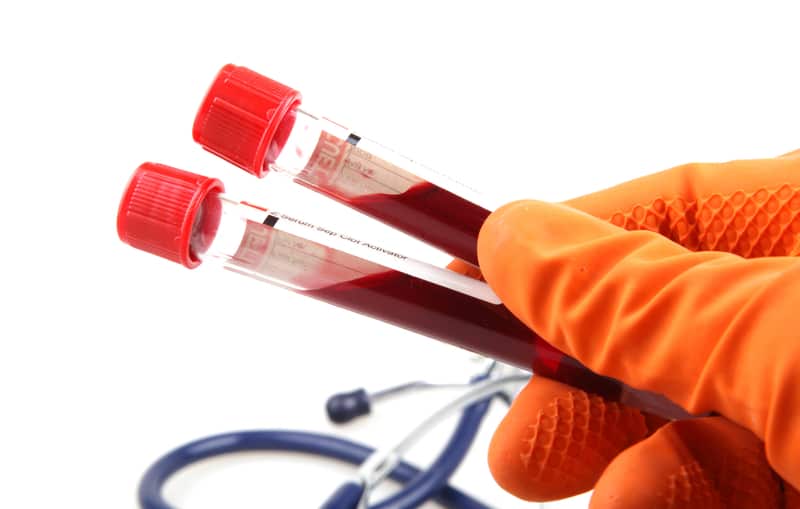2 - ELISA Weak/No Signal? Causes & Solutions for Reliable Results
Are you getting no signal or weak signals in your ELISA assays? This common problem can derail your research. Discover the key causes and proven solutions to restore your assay sensitivity: Top 10 Reasons for ELISA Signal Failure & How to Fix Them:
- Mixed reagent batches
- Improper storage
- Expired reagents
- Missing detection antibodies
- Incorrect incubation
- Wrong addition order
- Contaminated reagents
- Pipetting errors
- Microsphere issues
- Inadequate washing



